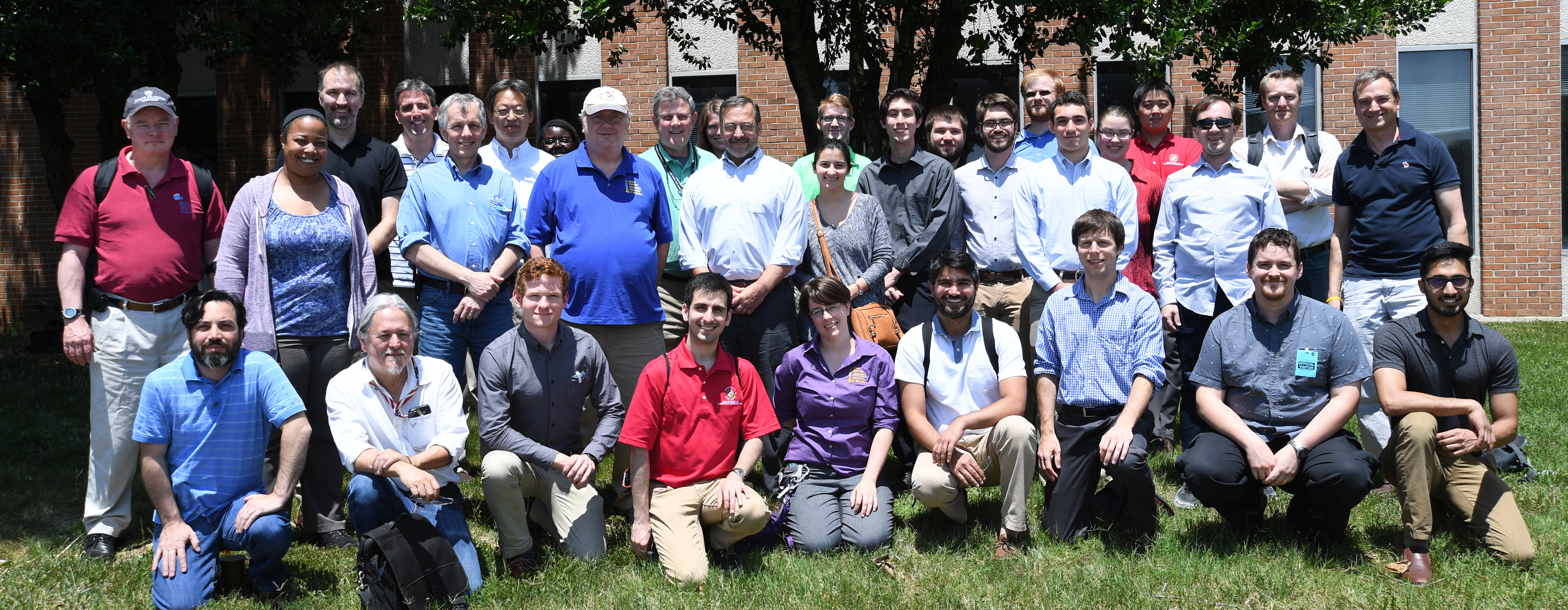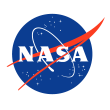NASA's Satellite Servicing Projects Division Hosts Academic Partnership Meeting
While summer intern season at NASA's Goddard Space Flight Center in Greenbelt, Maryland, has ended, academic partnerships are always in full swing. Collaboration with academic institutions is critical to NASA's success. These valuable partnerships allow for sharing ideas and research and for developing creative solutions to persistent technological challenges.
On June 27, 2017, Goddard's Satellite Servicing Projects Division (SSPD) hosted an academic partnership meeting. Faculty, students and staff from eight institutions met with more than 30 team members. The group discussed work each university is doing and learned about developing technologies.
By participating in detailed briefings about the projects, the academic partners can focus their work to support the division and future orbital robotic missions. NASA benefits from this collaboration; by learning about partners' capabilities, the team gets an idea of upcoming technologies that could one day be integrated into the projects.
The institutions in attendance were Johns Hopkins University, West Virginia University, University of Maryland, University of Michigan, Georgetown University, Stanford University, Case Western Reserve University and Rensselaer Polytechnic Institute. Each university team investigates advanced technologies that will aid and enhance on-orbit servicing and assembly capabilities.
"Our partners continue to impress us with their creativity and innovation," said Billy Gallagher, a senior robotics engineer at Goddard. "I feel lucky to play a part in facilitating these important relationships."

2017 Academic Partnerships group photo
Each university team is currently carrying out specific tasks and research that tie into the projects and missions:
- Johns Hopkins University (JHU) is developing technologies that use machine vision to give robotic operators a more complete view of the environment in which they're working. JHU is also pursuing supervisory control methods to enable more autonomous operations for servicing and assembly.
- West Virginia University (WVU) has expertise in machine vision. They are developing appropriate targets/fiducials for robotic operations that could be used on future satellites to improve serviceability. In addition, WVU uses robotic testbeds to help develop sensors and algorithms for robotically grasping and securing objects in space. This research is applicable to both satellite servicing and exploration.
- University of Maryland (UMD) is testing a variety of methods for providing input commands to both ground and space robots, aiming to allow for more natural control. UMD's neutral buoyancy robotics facility tests tools and procedures without the influence of gravity.
- Georgetown University is working to understand the complexities of robot operator tasks. The Georgetown team is also exploring ways to simplify the displays to provide robot telemetry and make data easier to observe.
- Rensselaer Polytechnic Institute is investigating algorithms for using force feedback control to interact with objects in space, which will enable more precise robotic tasks. They are also testing manipulation of objects using multiple robotic arms to enhance the capabilities of future robotic missions.
- Case Western Reserve University is helping to characterize its robots' control systems to ensure optimal performance. They are also developing systems for supervised autonomy, which will allow on-orbit robots perform more complex tasks.
- Stanford University and the University of Michigan are new partners that are studying advanced ways for robotic spacecraft to navigate. Using these technologies, a servicer spacecraft can more easily visit multiple clients or smaller robots can aid astronauts in on-orbit assembly.
Academic partners are vital to the projects. They investigate cutting edge technologies that will enhance state of the art robotic servicing and assembly in space, to pursue new capabilities to support NASA's exploration of the solar system.
By Vanessa Lloyd
NASA's Goddard Space Flight Center, Greenbelt, Md.




